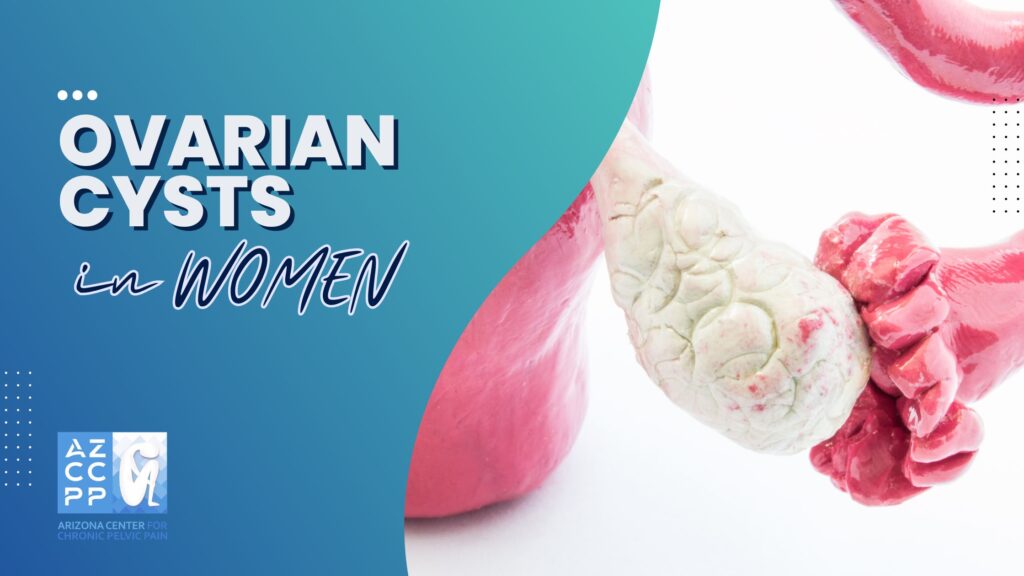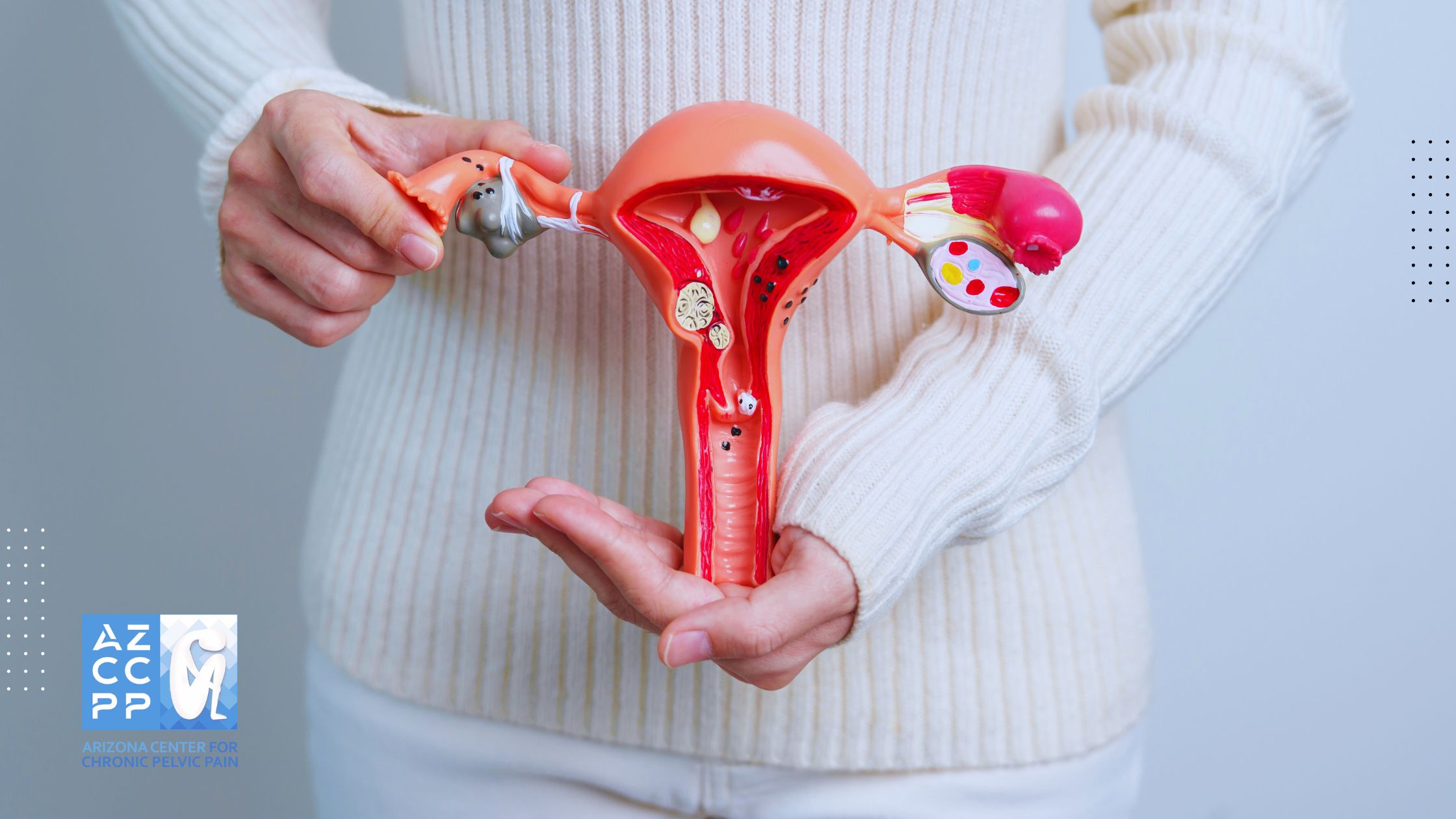Ovarian Cysts: Causes, Symptoms, and Treatment Options
Ovarian cysts are a common gynecological condition that can affect women of all ages, particularly those of reproductive age. While many cysts develop as a normal part of the menstrual cycle and go unnoticed, others can cause discomfort, hormonal imbalances, or complications that require medical attention.
Understanding ovarian cysts’ different types, symptoms, and treatment options is crucial for maintaining reproductive health.
In most cases, cysts found in the ovaries are benign and resolve independently. However, medical intervention may be necessary when they persist, grow larger, or cause significant symptoms. Fortunately, advances in minimally invasive surgery, such as laparoscopy and robotic-assisted laparoscopy, have revolutionized the management of cysts, ensuring better outcomes with minimal disruption to ovarian function.
This article will explore the causes, symptoms, and treatment options for ovarian cysts, including special considerations for endometriosis-related cysts (endometriomas). If you or someone you know experiences recurrent cysts or concerning symptoms, seeking expert care can significantly improve long-term reproductive health and overall well-being.
What Are Ovarian Cysts?
Ovarian cysts are fluid-filled sacs that develop on or within the ovaries. They are common in women of reproductive age and often form a natural part of ovulation during the menstrual cycle. In many cases, cysts are harmless and resolve independently without causing noticeable symptoms.
However, certain cysts may grow larger, persist, or lead to complications requiring medical evaluation and treatment.
Causes and Types of Ovarian Cysts
Ovarian cysts can develop due to various factors, with the most common being functional cysts, which occur as part of the menstrual cycle. These include:
- Follicular Cysts: Form when a follicle (the sac containing an egg) does not release the egg as expected and continues to grow.
- Corpus Luteum Cysts: Develop after ovulation if the follicle fails to break down after releasing the egg, leading to fluid accumulation inside the follicle.
Other types of ovarian cysts include:
- Dermoid Cysts: Non-cancerous growths containing various tissues, such as hair, skin, or teeth.
- Cystadenomas: Fluid-filled cysts that form on the ovarian surface and may grow large.
- Endometriomas: Cysts associated with endometriosis, also known as “chocolate cysts,” which contain dark, thickened blood.
Symptoms of Ovarian Cysts
Many cysts found in the ovaries remain asymptomatic and are only discovered during routine pelvic exams or imaging studies. However, when symptoms occur, they may include:
- Sharp or dull pain in the lower abdomen or pelvis
- Bloating or a sense of fullness in the abdomen
- Irregular menstrual cycles or abnormal bleeding
- Painful intercourse
- Frequent urination or bowel movement discomfort due to pressure on surrounding organs
- Sudden, severe pelvic pain accompanied by nausea or vomiting, which may indicate ovarian torsion or rupture (a medical emergency)
When Is Treatment Necessary?
Most functional ovarian cysts resolve independently within a few menstrual cycles without requiring medical intervention. However, treatment may be necessary if a cyst:
- Persists for an extended period
- Grows larger than 5 cm
- Causes severe pain or other disruptive symptoms
- Has concerning features that suggest malignancy
- Becomes twisted (ovarian torsion) or ruptures, leading to internal bleeding
Minimally Invasive Surgical Treatment
When surgical removal is required, minimally invasive techniques such as laparoscopy These advanced techniques allow for:
- Greater precision in removing the cyst while preserving healthy ovarian tissue
- Reduced surgical trauma, leading to faster recovery times
- Minimal scarring and lower risk of postoperative complications
- Preservation of ovarian function, which is crucial for fertility and hormonal balance
Endometriomas: Special Considerations for Endometriosis-Related Cysts
Women with endometriosis may develop endometriomas, which are ovarian cysts formed when endometrial-like tissue grows within the ovaries. These cysts can negatively impact ovarian function, cause severe pain, and affect fertility. Unlike functional cysts, endometriomas do not resolve independently and often require surgical removal.
However, the removal of endometriomas should be performed by experienced surgeons to minimize the risk of damaging healthy ovarian tissue. Improper surgical techniques can reduce ovarian reserve (the number of remaining eggs), making it essential to seek care from a specialist trained in fertility-preserving surgery.
Seeking Expert Care for Recurrent Ovarian Cysts
If you or someone you know suffers from recurrent cysts, it is important to seek medical evaluation to determine the best course of action. Treatment options vary depending on the cyst’s type, size, and symptoms, and early intervention can help prevent complications.
Read more on conditions for women we treat, and reclaim your life today!
Schedule a Consultation Today
Our team, led by acclaimed Dr. Michael Hibner, specializes in the diagnosis and treatment of ovarian cysts. We focus on personalized, minimally invasive care to preserve fertility and hormonal function. Contact our office at 480-599-9682 or email [email protected] to learn more about available treatment options and schedule a consultation.


